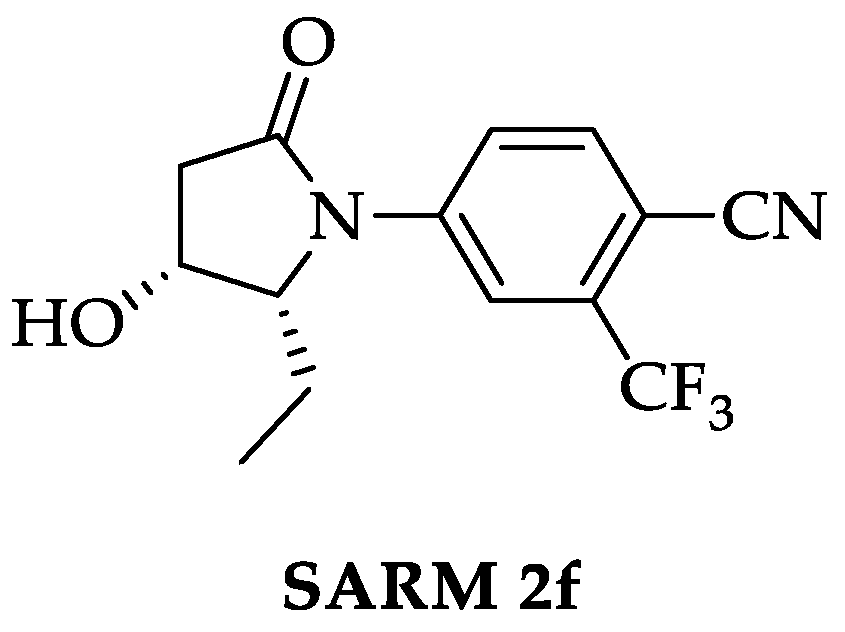
Being someone who’s passionate, about fitness I’m always keeping an eye out for the advancements in supplements that can boost performance.
In years two options that have gained a lot of attention are peptides and SARMS. They both have the potential to enhance performance and improve body composition. There are some important differences between them.
In this article I’ll explore the ten distinctions between peptides and SARMS. By providing you with an understanding of each my goal is to help you make a decision about which one might be the right fit for you.
1. Definition and Composition
Peptides are chains of amino acids usually composed of 2 to 50 amino acids. These compounds naturally occur in the body. Play roles in various physiological processes.
SARMS on the hand are androgen receptor modulators. They are compounds designed to bind to receptors in the body imitating some effects of testosterone.
1.1 Peptides
Peptides are naturally occurring compounds found within our bodies that regulate processes. Based on their function they can be categorized into groups, like growth hormone releasing peptides (GHRPs) insulin growth factor peptides (IGF 1) and melanotropin peptides (MT 2).1.2 SARMS
SARMs, which are compounds have the ability to selectively attach to androgen receptors, in the body. Their purpose is to replicate the effects of testosterone while minimizing the side effects typically associated with anabolic steroids. One of their uses is to aid in muscle building and fat burning.
2. Mechanism of Action
Understanding how peptides and SARMs function reveals another difference between them.
2.1 Peptides
Peptides operate by binding themselves to receptors within the body consequently initiating a series of responses. For instance growth hormone releasing peptides stimulate the release of growth hormone, which facilitates muscle growth and fat reduction.
2.2 SARMs
On the hand SARMs function by attaching themselves to androgen receptors present in the body thereby activating these receptors and promoting muscle growth as well as fat loss. Unlike steroids SARMs have an affinity for muscle and bone tissues while minimizing potential side effects on other organs.
3 Benefits
Both peptides and SARMs offer a variety of advantages for athletes and fitness enthusiasts
3.1 Peptides
Peptides have demonstrated benefits such as increased muscle mass improved fat loss capabilities enhanced recovery rates, after exertion and elevated athletic performance levels. Additionally they may contribute positively towards aging efforts by improving skin health while also boosting immune function.
3.2 SARMS
SARMS are primarily utilized for their ability to build muscle and burn fat. They can assist in increasing muscle mass enhancing strength and endurance promoting recovery and aiding in fat loss. Additionally SARMS are recognized for their potential to improve bone density and reduce the risk of osteoporosis.
4. Side Effects
Although both peptides and SARMS are generally considered safe when used responsibly they can have some side effects.
4.1 Peptides
Peptides are usually well tolerated; however certain individuals may experience side effects, like water retention, joint discomfort or increased appetite. It is important to note that the specific peptide used and an individuals reaction can influence the occurrence of side effects.
4.2 SARMS
Compared to steroids SARMS carry a risk of side effects; however they can still lead to hormonal imbalances, liver toxicity and suppression of natural testosterone production. To minimize the chances of experiencing effects it is crucial to use SARMS by following recommended dosages.
5. Legal Status
The status of peptides and SARMS varies depending on the regulations implemented by each country.
5.1 Peptides
Peptides are generally permitted for research purposes. Are not approved for usage in many countries.
However it is worth noting that certain peptides may be accessible, for purposes if prescribed by a healthcare professional.
5.2 SARMS
It is important to understand that SARMS are not approved for use and are classified as new drugs according to FDA regulations.
In countries SARMS are not legally permitted for sale or usage in supplements.
6. Availability
The availability of peptides and SARMS can differ based on the regulations of each country.
6.1 Peptides
Peptides can be obtained from sources, including research chemical companies compounding pharmacies and online retailers.
Nonetheless it is crucial to ensure the quality and purity of the peptides when making a purchase.
6.2 SARMS
SARMS can be acquired from research chemical companies and online retailers.
However due to their status it is advisable to exercise caution when purchasing SARMS and verify the quality and purity of the product.
7. Dosage and Administration
The dosage and administration guidelines, for peptides and SARMS may vary depending on the compound being used well as individual goals.
7.1 Peptides
Typically peptides are administered through injections or oral ingestion.
The appropriate dosage frequency depends on the specific peptide being used and desired effects sought by individuals.
7.2 SARMS
SARMS are generally taken orally in either capsule or liquid form. The dosage and duration of using SARMS can vary depending on the compound and individual goals.
8. Detection, in Drug Tests
Both peptides and SARMS can be identified in drug tests based on the compounds used and the sensitivity of the test.
8.1 Peptides
Certain peptides like growth hormone releasing peptides can be detected in drug tests.
It is important to be familiar with the regulations and testing protocols within your sport or organization.
8.2 SARMS
SARMS can be identified in drug tests. Their usage is prohibited in sports organizations.
It is crucial to understand the regulations and testing protocols within your sport or organization.
9. Research and Clinical Trials
Both peptides and SARMS have undergone research and clinical trials.
9.1 Peptides
Peptides have been extensively studied for their applications across various fields, including anti aging wound healing and muscle wasting conditions.
However more research is necessary to comprehend their effectiveness and safety.
9.2 SARMS
SARMS have been thoroughly researched for their applications in conditions such, as muscle wasting, osteoporosis and testosterone deficiency. The results, from trials have shown promise. Further research is necessary to determine the long term safety and effectiveness of peptides and SARMS.
10. Cost
The price of peptides and SARMS can vary depending on factors such as the compound, dosage and source.
10.1 Peptides
Peptide costs can differ based on the compound and where they are sourced from.
Occasionally certain peptides may be more expensive due to their rarity or the complexity involved in their synthesis.
10.2 SARMS
Similarly SARMS prices can fluctuate based on the compound and its source.
It is important to exercise caution when encountering priced SARMS as they might indicate lower quality or purity levels.
Conclusion
To sum up both peptides and SARMS are choices for athletes and fitness enthusiasts seeking performance enhancement and body composition improvement. While they share some similarities in promoting muscle growth and fat loss there are differences between these two options. Understanding these distinctions is crucial for making a decision about which option aligns, with your needs.
Regardless of whether you choose peptides or SARMS it is essential to use them by following recommended dosages in order to minimize side effects while maximizing their benefits.





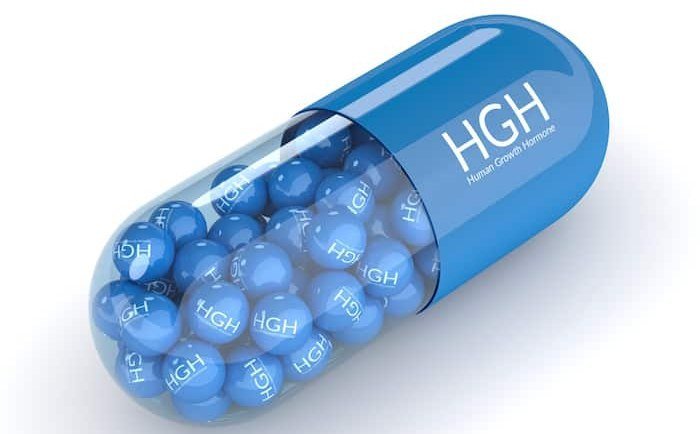





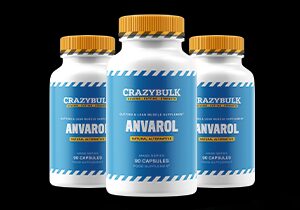

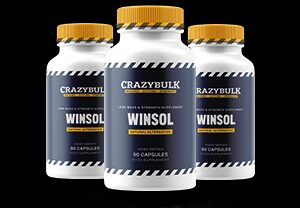

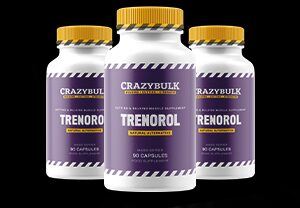





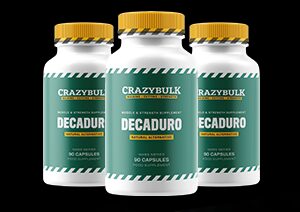
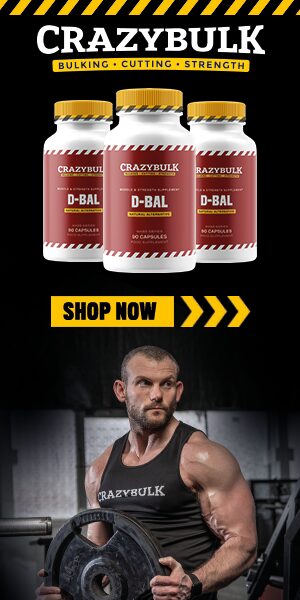
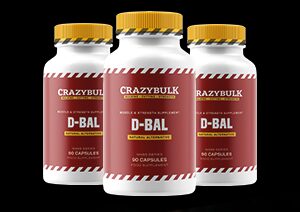

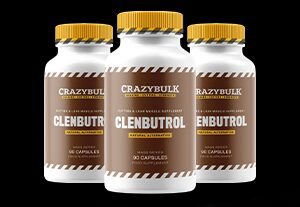

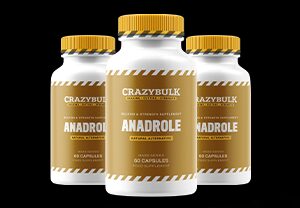

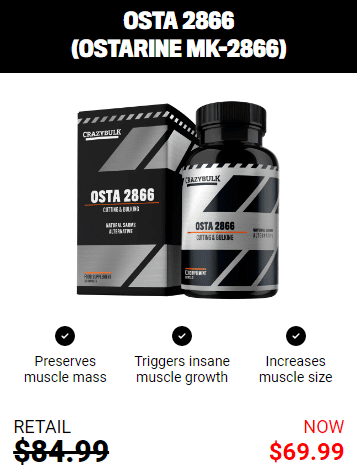
Add comment